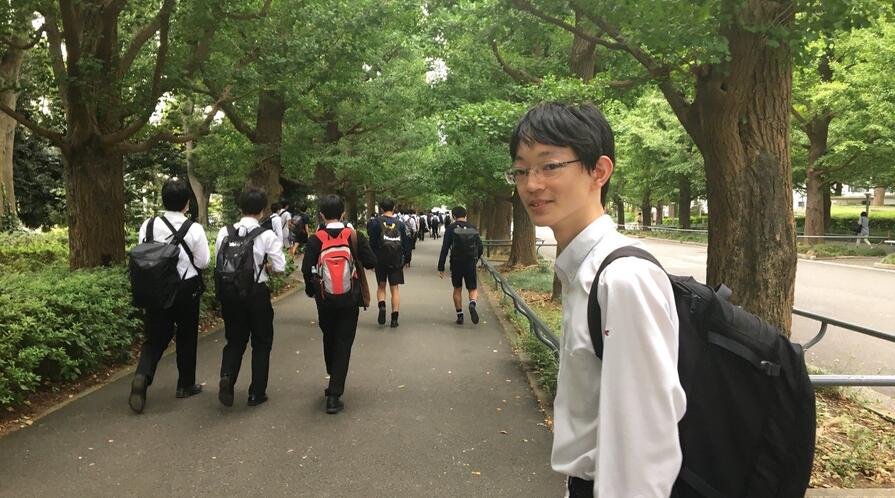Stanford e-Japan: A Gate for Learning about the United States and a Mirror for Reflection on Japan
Stanford e-Japan: A Gate for Learning about the United States and a Mirror for Reflection on Japan
The following reflection is a guest post written by Shintaro Aoi, an alumnus of the Stanford e-Japan Program.

Stanford e-Japan made my days in high school much richer. I attended the fall session of the course last year, and I am currently in the third and final year of high school.
For me, Stanford e-Japan was a “gate” to learn and understand the United States. I am truly glad that I had been able to listen to lectures offered by leading scholars in the United States. One of the most valuable parts of the course was that each topic contained views from the U.S. side. For example, in the class about World War II, we learned how the atomic bombing was taught in schools in the United States, and I was surprised to know that it illustrates more aspects of the bombing than Japan does.
Through learning about the U.S.–Japan relationship from the perspective of the United States, I gained many new thoughts about Japan as well. In particular, when I read about the role of the Japan–U.S. Security Alliance, I realized that many countries in Asia and their historical legacies continue to impact U.S.–Japan relations, making the alliance a very complicated topic. In addition, I learned the benefits and responsibilities of the alliance for the United States, in addition to those for Japan. During that module, I understood that it is crucial to see things from the side of both countries.
Discussions with students from many different backgrounds was another great feature of Stanford e-Japan. I was often inspired by the views of my classmates that are based on their unique experiences. For instance, in a discussion about gender issues and equality, some students shared their own stories about finding inequality in their schools, and others brought research and data that countries around the world are introducing to solve the problem. In virtual classes, I was often stimulated by the questions posed by other brilliant students.
Through the classes, Stanford e-Japan gave me the “bridge” to connect the United States and Japan. Now, I think we will have to keep and strengthen the relationship. In the future, I would like to be a person who works globally. Stanford e-Japan underscored the importance of keeping a peaceful relationship, and the importance of understanding each other.
Finally, I would like to thank Stanford e-Japan Instructor Meiko Kotani, the lecturers, and the Yanai Tadashi Foundation who supported this amazing program.



